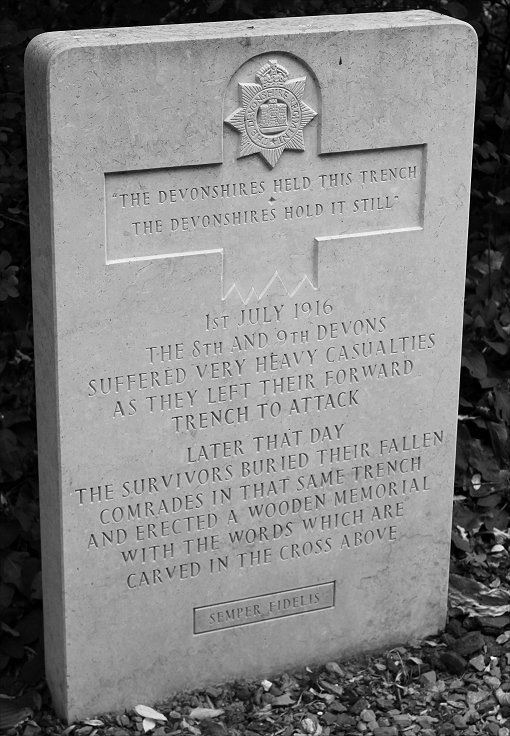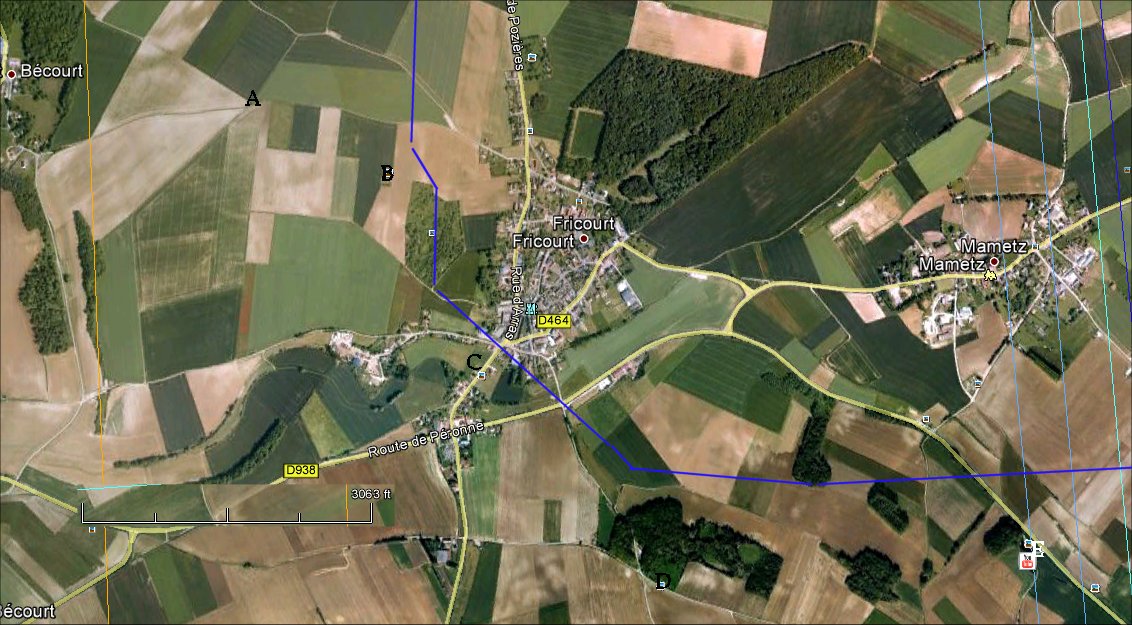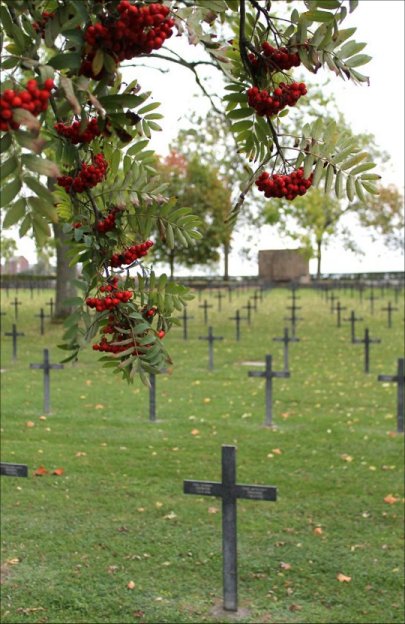The dead were buried in a trench which later became the more formal cemetery that you see today. Burials include war poet William Hodgson.








| The 8th and 9th Devonshires attacked Mansell Copse, suffering
from enfilade machine gun fire from Mametz through the 400 yards to
reach the German front line, which they did. The dead were buried in a trench which later became the more formal cemetery that you see today. Burials include war poet William Hodgson. |
  |

